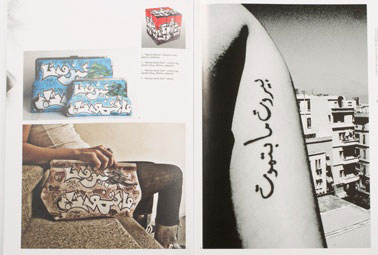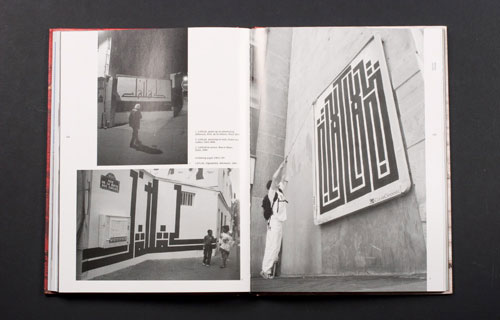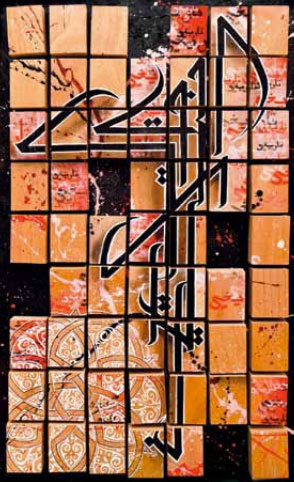Arabic Calligraffiti: How Calligraphy Found Its Way Into Urban Arts
Recent developments in the Middle East have given its “creative class” an unprecedented level of freedom to tag, draw, subvert, and write in public spaces. One consequence of this is that deep-rooted fields, namely calligraphy, are experiencing a phase of intense re-purposing.
Attention was called to the connection between calligraphy and graffiti in 2007 with street art veteran Shoe (aka Niels Shoe Meulman). This international movement, referred to as Calligraffiti is defined by Shoe as “traditional handwriting with a metropolitan attitude”. What makes Shoe’s thinking especially potent is that it frames the tradition of calligraphy as a way to break away from graffiti’s conventions. A good analogy would be to think of how incorporating ballet can enrich a breakdancer’s visual power: “Whether it be Japanese ancient brush characters, Arabic pictorial scripts, illuminated mediaeval books or swirly quill writing… [it's] all calligraphy… The fairly new art of Graffiti and its somewhat rigid rules prompt us to look further back into the history of writing”.
 Arabic Graffiti from the book
Arabic Graffiti from the bookA recently published book titled Arabic Graffiti by From Here to Fame Publishing documents street art from “freight trucks of Lebanon, along village alleyways in Bahrain, on the bullet-riddled walls of Palestine, or adorning the walls of Western metropolises and designer bags”. It showcases a spread of Arabic calligraphy from the Middle East to urban art niches in Iran, France, the UK, Germany, and Canada.
Arabic Graffiti is authored and curated by typographer Pascal Zoghbi that leverages the insights of experts such as Huda Smitshuijzen AbiFarès (Founder of Khat), Rana Jarbou, Tala F. Saleh, anthropologist Houda Kassatly, and William Parry (author of Banksy’s Against the Wall) who come together to “explore the traditional elements, modern approaches, and the socio-political and cultural backgrounds”.
 Eastern street art
Eastern street artThis is a unique moment in media history where coverage of Middle Eastern arts and its culture is competing directly with age-old news of political turmoil and social unrest. International audiences are increasingly more interested in its films, music, technological innovation.
 Calligraffiti in Lebanon
Calligraffiti in LebanonSource: PSFK
When there are no words left, the meaning is still preserved.



